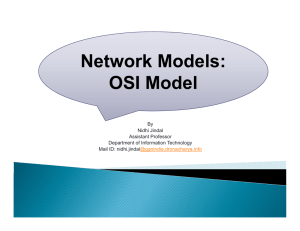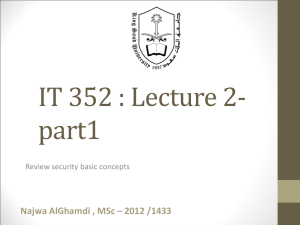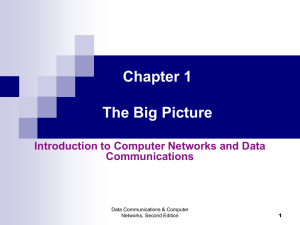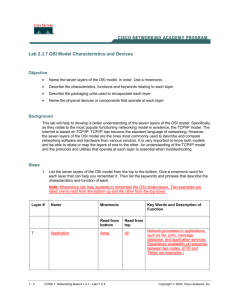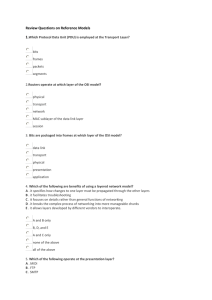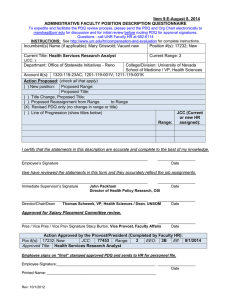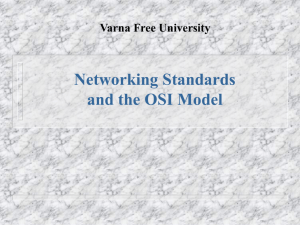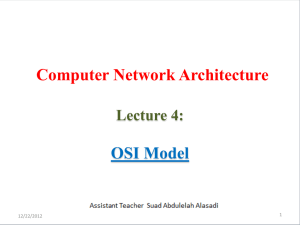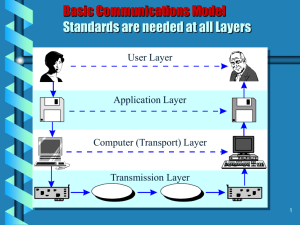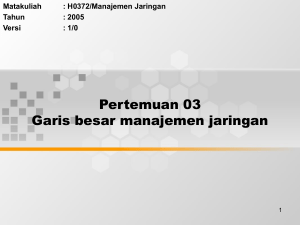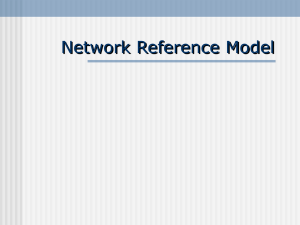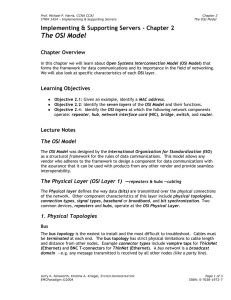THE OSI REFERENCE MODEL
advertisement
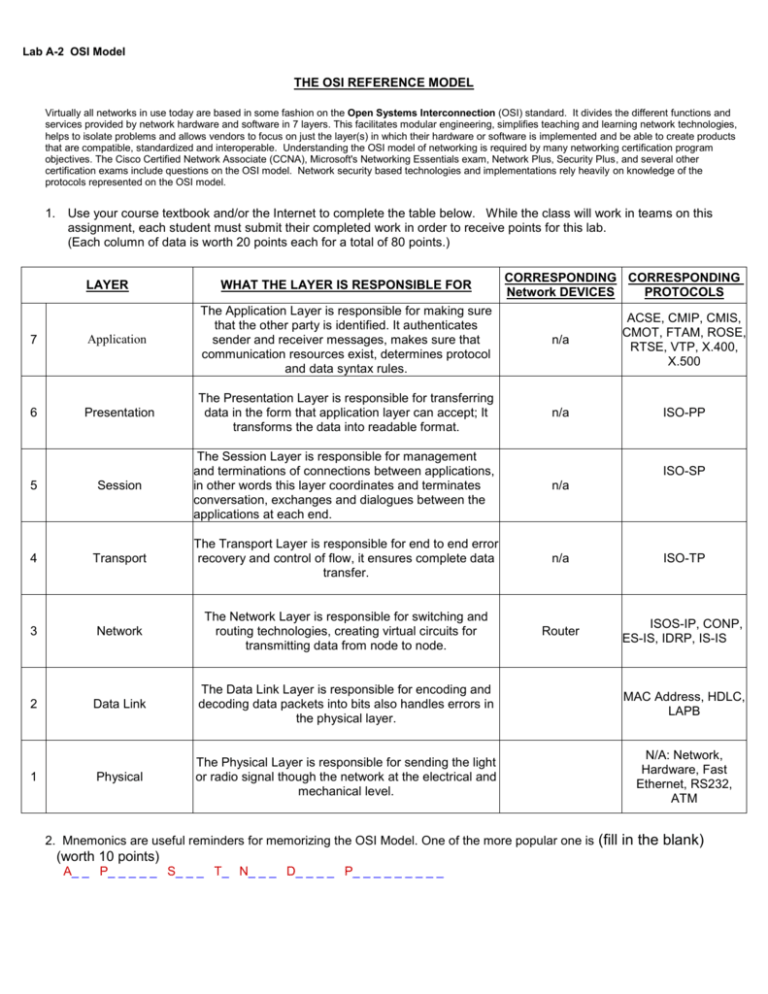
Lab A-2 OSI Model THE OSI REFERENCE MODEL Virtually all networks in use today are based in some fashion on the Open Systems Interconnection (OSI) standard. It divides the different functions and services provided by network hardware and software in 7 layers. This facilitates modular engineering, simplifies teaching and learning network technologies, helps to isolate problems and allows vendors to focus on just the layer(s) in which their hardware or software is implemented and be able to create products that are compatible, standardized and interoperable. Understanding the OSI model of networking is required by many networking certification program objectives. The Cisco Certified Network Associate (CCNA), Microsoft's Networking Essentials exam, Network Plus, Security Plus, and several other certification exams include questions on the OSI model. Network security based technologies and implementations rely heavily on knowledge of the protocols represented on the OSI model. 1. Use your course textbook and/or the Internet to complete the table below. While the class will work in teams on this assignment, each student must submit their completed work in order to receive points for this lab. (Each column of data is worth 20 points each for a total of 80 points.) LAYER WHAT THE LAYER IS RESPONSIBLE FOR CORRESPONDING CORRESPONDING Network DEVICES PROTOCOLS 7 Application The Application Layer is responsible for making sure that the other party is identified. It authenticates sender and receiver messages, makes sure that communication resources exist, determines protocol and data syntax rules. 6 Presentation The Presentation Layer is responsible for transferring data in the form that application layer can accept; It transforms the data into readable format. n/a 5 Session The Session Layer is responsible for management and terminations of connections between applications, in other words this layer coordinates and terminates conversation, exchanges and dialogues between the applications at each end. n/a 4 Transport The Transport Layer is responsible for end to end error recovery and control of flow, it ensures complete data transfer. n/a ISO-TP 3 Network The Network Layer is responsible for switching and routing technologies, creating virtual circuits for transmitting data from node to node. Router ISOS-IP, CONP, ES-IS, IDRP, IS-IS 2 Data Link The Data Link Layer is responsible for encoding and decoding data packets into bits also handles errors in the physical layer. MAC Address, HDLC, LAPB Physical The Physical Layer is responsible for sending the light or radio signal though the network at the electrical and mechanical level. N/A: Network, Hardware, Fast Ethernet, RS232, ATM 1 n/a ACSE, CMIP, CMIS, CMOT, FTAM, ROSE, RTSE, VTP, X.400, X.500 ISO-PP ISO-SP 2. Mnemonics are useful reminders for memorizing the OSI Model. One of the more popular one is (worth 10 points) A_ _ P_ _ _ _ _ S_ _ _ T_ N_ _ _ D_ _ _ _ P_ _ _ _ _ _ _ _ _ (fill in the blank) Lab A-2 OSI Model 3. Develop a mnemonic of your own to help you remember the layers of the OSI Model: ____________________ (worth 10 points) Reference to Protocol Acronyms: http://www.javvin.com/osimodel.html

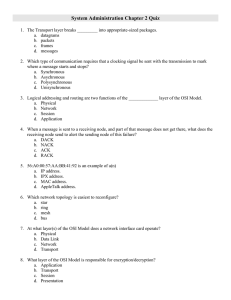

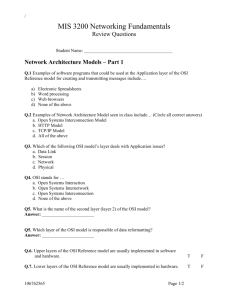
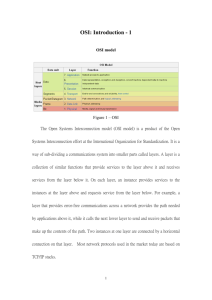
![Network Technologies [Opens in New Window]](http://s3.studylib.net/store/data/008490270_1-05a3da0fef2a198f06a57f4aa6e2cfe7-300x300.png)
